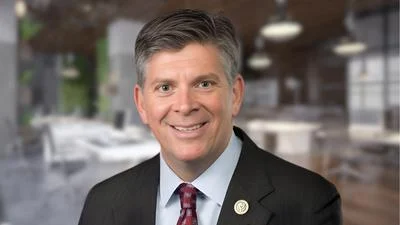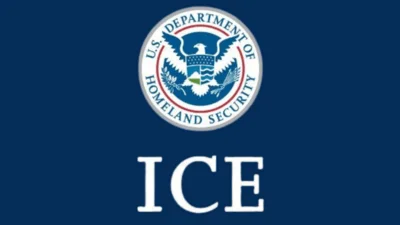AIKEN, S.C. - Savannah River Site (SRS) workers safely and successfully repackaged tritium gold trap cylinders, a mixed waste, for future disposition offsite recently.
“Despite many challenges, we removed these cylinders from a concrete culvert and repackaged them into standard waste boxes without a contamination event or an injury," Savannah River Nuclear Solutions (SRNS) Solid Waste Management Facility (SWMF) Lead Operations Specialist Renee Hoeffner said. “This was thanks to the many site organizations that worked closely together to ensure that the job was done safely."
In the past, tritium gold traps were used to remove mercury vapor from the tritium process. Between 1985 and 1992, the spent tritium gold traps were placed into stainless-steel cylinders. The radiological activity of the cylinders was significantly higher than U.S. Department of Transportation (DOT) limits, meaning that the cylinders could not be shipped offsite. Instead, they were welded shut and sent to the SWMF for future disposition.
Recently, SWMF personnel determined that the radiological activity was well below the DOT limit for transporting, so they decided to remove four cylinders stored in a concrete culvert and repackage them for shipment offsite.
However, this work came with several risks. Hoeffner explained that the concrete culvert had not been opened for 8 years, so there was a concern of tritium off-gassing, contamination, and deteriorated rigging slings and hardware attached to the cylinders. There were logistical challenges because the concrete culvert would be unloaded in an enclosed Resource Conservation and Recovery Act (RCRA) permitted storage location. That location limited the crane boom height for lifting the cylinders up and over the lip of the concrete culvert.
Crews could not pre-stage the work area at the RCRA storage location because of conflicts between regulatory, fire protection, rigging, radiological protection, and safety requirements. The team reconciled these challenges using safety management principles taught at SRS to ensure the work was performed safely while complying with the various regulations and requirements.
Personnel from Operations, Radiological Protection, Rigging and Heavy Equipment, Solid Waste Engineering, Environmental Compliance Authority, Procedures, Safety, Work Control, Generator Certification Officials, Hazardous Material Transportation Representative, Industrial Hygiene, and Fire Protection Engineering took part in the work. They addressed many challenges by making changes at the end of work shifts or prior to the start of work. They ensured aisle spacing requirements by removing equipment; implemented fire protection controls for combustible liquid by removing equipment and transient combustibles; and ensured Radiological Protection Department controls were in place. Industrial Hygiene also tested for hazards such as noise and carbon monoxide.
“The safety management process used worked perfectly for this work, ensuring that the job was safely executed without incident," SRNS Facility Manager Verne Mooneyhan said. “Jobs like this one are a great example of the return on investment for the time and effort spent in training and application of the process."
Workers repacked all cylinders from the concrete culvert into standard waste boxes. Solid Waste Management is making headway creating waste profiles for this waste stream so it can be shipped offsite to a facility permitted for final disposal.
“This is a great example of seamless organization," said Wyatt Clark, SRNS executive vice president, EM operations. “Our team did a great job of balancing hazards and changing conditions."
SRNS is the management and operations contractor at SRS.
Source: U.S. Dept. of Energy, Office of Environmental Management








